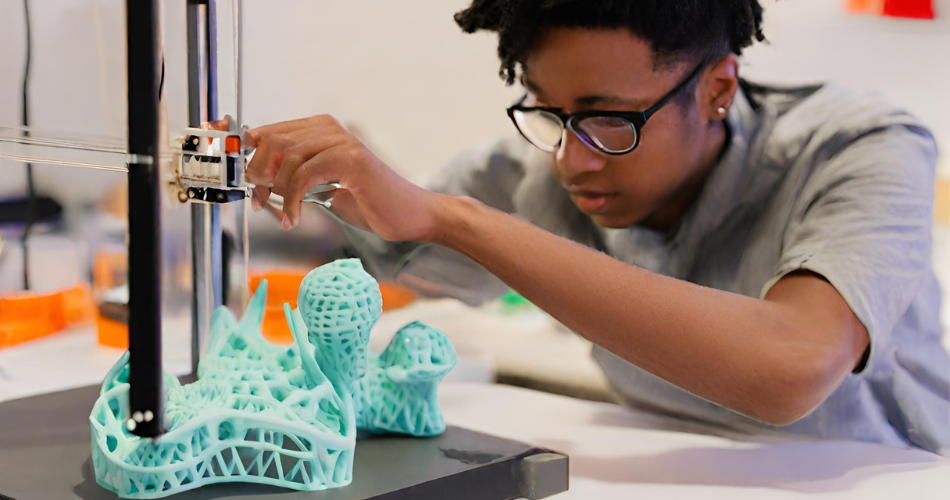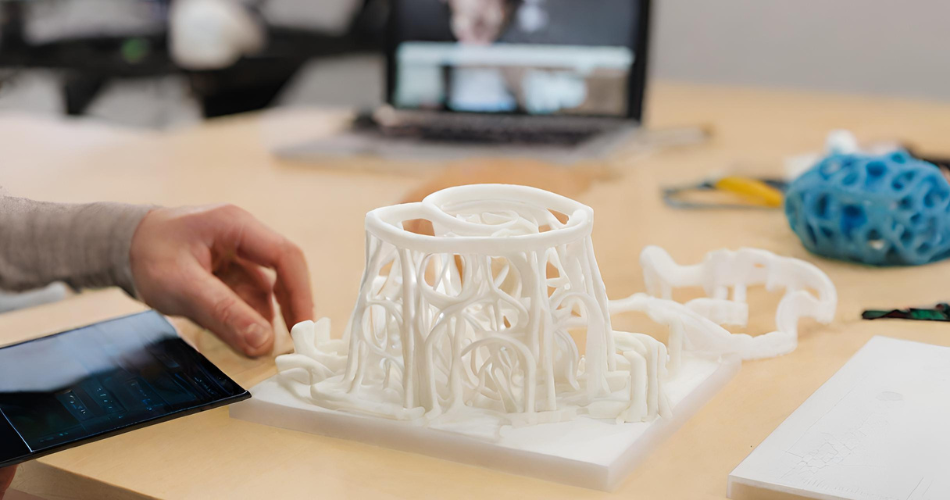In the realm of modern manufacturing, 3D printing for physical product has emerged as a revolutionary technology, enabling the creation of intricate and customized products. This cutting-edge technology has significantly impacted various industries, from aerospace to healthcare and consumer goods. In this blog post, we will explore the fundamentals of designing a product for 3D printing and how 3D printing can be utilized in the design process.
Designing for 3D Printing
Designing a product for 3D printing involves a unique approach compared to traditional manufacturing methods. Here are key steps to consider when creating a design suitable for 3D printing:
1. Conceptualize and Ideate
Begin by conceptualizing your product idea. Consider its purpose, target audience, and the problem it aims to solve. Brainstorm and sketch your design to visualize how it should look and function.
2. Choose the Right Software
Utilize specialized 3D modeling software to create a digital representation of your product. These applications allow you to design, manipulate, and refine your product design with precision.
3. Optimize for 3D Printing
Ensure that your design is optimized for 3D printing. This involves checking for proper wall thickness, designing supports for overhangs, and considering the orientation of the object on the print bed for optimal results.
4. Export the Design to STL Format
Export your finalized design in STL (stereolithography) format, a standard file format widely used in 3D printing. STL files define the surface geometry of the 3D model and are compatible with most 3D printers.

Utilizing 3D Printing in the Design Process for Physical Product
3D printing can significantly enhance the design process of a product, offering numerous advantages:
1. Rapid Prototyping
With 3D printing, designers can quickly create prototypes of their products for testing and validation. This allows for swift iterations and improvements, reducing development time.
2. Customization and Personalization
3D printing enables the customization of products based on individual preferences and requirements. Tailoring products to specific needs can be a significant market advantage.
3. Cost-Effective Small Batch Production
For niche markets or limited edition products, 3D printing is a cost-effective solution for small batch production, eliminating the need for expensive molds or tooling.
Is 3D Printing a Physical Technology?
Yes, 3D printing is indeed a physical technology. It involves the layer-by-layer construction of physical objects from digital designs. This process utilizes various materials such as plastics, metals, ceramics, and more to create tangible products.

Types of Products Created Using 3D Printing
3D printing has a broad application spectrum, enabling the creation of diverse products, including:
- Prototypes and Models: Perfect for validating design concepts before mass production.
- Medical Devices and Implants: Customized for individual patients, improving healthcare outcomes.
- Aerospace Components: Lightweight, intricate parts for aircraft and spacecraft.
- Consumer Goods: Jewelry, fashion accessories, home décor, and more.
To explore a wide array of digital products, check out Zeemcut. For unique physical products, visit Mysticaljo.
In conclusion, 3D printing technology has revolutionized the way products are designed and manufactured. Its versatility, speed, and customization capabilities make it an invaluable tool in modern product development. Designing for 3D printing and understanding its potential can lead to innovative and successful product outcomes across various industries.



